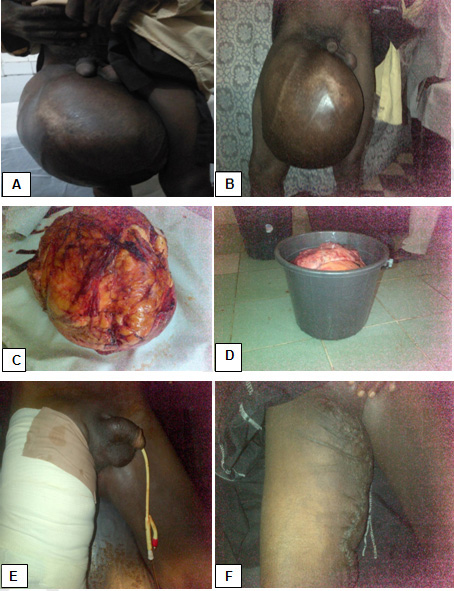 |
Case Report
Robotic ureteroureterostomy for correction of a retrocaval ureter
1 Detroit Medical Center Urology Residency, Harper Professional Building, 4160 John R St., Suite 1017, Detroit, MI 48201, USA
2 Kansas City University College of Ostopathic Medicine, 1750 Independence Ave., Kansas City, MO 64106, USA
Address correspondence to:
Jordan Sarver
Detroit Medical Center Urology Residency, Harper Professional Building, 4160 John R St., Suite 1017, Detroit, MI 48201,
USA
Message to Corresponding Author
Article ID: 100039Z15FS2024
Access full text article on other devices

Access PDF of article on other devices

How to cite this article
Sarfo F, Limback K, Sarver J, Anderson BG. Robotic ureteroureterostomy for correction of a retrocaval ureter. J Case Rep Images Urol 2024;9(1):1–4.ABSTRACT
Introduction: Retrocaval ureter is a rare condition identified in the adult patient usually revealing dilation of the proximal ureter as it passes posterior to the inferior vena cava. The presentation can vary from incidental radiographic findings to declining renal function secondary to hydronephrosis. Management of a retrocaval ureter typically involves surgery in patients who have symptoms or deterioration in renal function.
Case Report: This case report explores the diagnosis and treatment of a retrocaval ureter in a 34-year-old male who was referred to Urology after the detection of right-sided hydronephrosis on computed tomography (CT). Further management included a confirmatory CT, diuretic renogram, and retrograde pyelogram before definitive treatment with robotic ureteroureterostomy.
Conclusion: This case report explores the surgical steps to a robotic-assisted ureteroureterostomy to treat a retrocaval ureter that resulted in significant hydronephrosis and flank pain.
Keywords: Reconstruction, Robotics, Ureteropelvic junction, Urological surgery
SUPPORTING INFORMATION
Author Contributions
Frank Sarfo - Conception of the work, Design of the work, Acquisition of data, Analysis of data, Drafting the work, Revising the work critically for important intellectual content, Final approval of the version to be published, Agree to be accountable for all aspects of the work in ensuring that questions related to the accuracy or integrity of any part of the work are appropriately investigated and resolved.
Kylie Limback - Conception of the work, Design of the work, Acquisition of data, Analysis of data, Drafting the work, Revising the work critically for important intellectual content, Final approval of the version to be published, Agree to be accountable for all aspects of the work in ensuring that questions related to the accuracy or integrity of any part of the work are appropriately investigated and resolved.
Jordan Sarver - Conception of the work, Design of the work, Acquisition of data, Analysis of data, Drafting the work, Revising the work critically for important intellectual content, Final approval of the version to be published, Agree to be accountable for all aspects of the work in ensuring that questions related to the accuracy or integrity of any part of the work are appropriately investigated and resolved.
Barrett G Anderson - Conception of the work, Design of the work, Acquisition of data, Analysis of data, Drafting the work, Revising the work critically for important intellectual content, Final approval of the version to be published, Agree to be accountable for all aspects of the work in ensuring that questions related to the accuracy or integrity of any part of the work are appropriately investigated and resolved.
Guaranter of SubmissionThe corresponding author is the guarantor of submission.
Source of SupportNone
Consent StatementWritten informed consent was obtained from the patient for publication of this article.
Data AvailabilityAll relevant data are within the paper and its Supporting Information files.
Conflict of InterestAuthors declare no conflict of interest.
Copyright© 2024 Frank Sarfo et al. This article is distributed under the terms of Creative Commons Attribution License which permits unrestricted use, distribution and reproduction in any medium provided the original author(s) and original publisher are properly credited. Please see the copyright policy on the journal website for more information.





